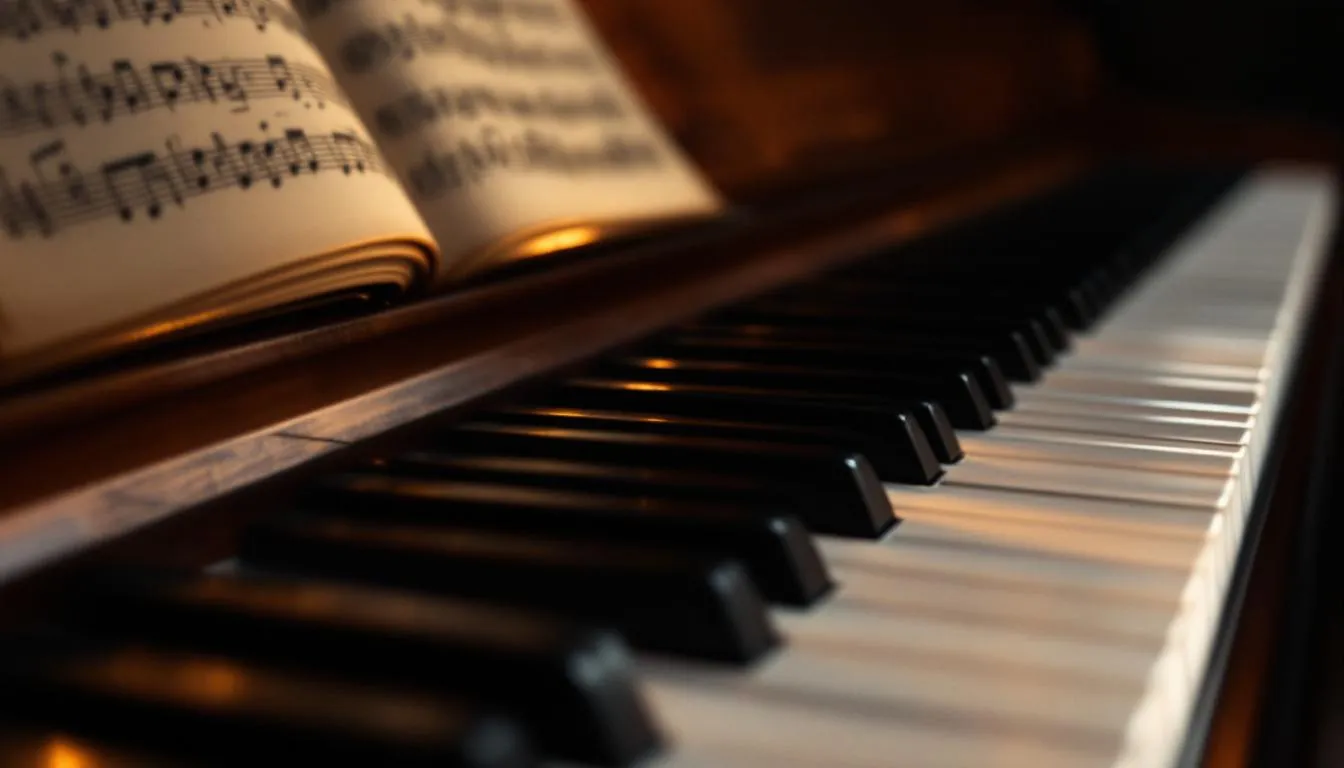
How Can You Identify and Name Unique Guitar Chords?
Quick Answer Identifying and naming unique guitar chords requires a blend of basic chord theory and creative exploration on the fretboard. It’s akin to crafting a personal language of sound. By delving into chord theory, you can unlock the secrets of unconventional chords and assign them musically meaningful names. To identify and name unique guitar […]
Continue reading →







